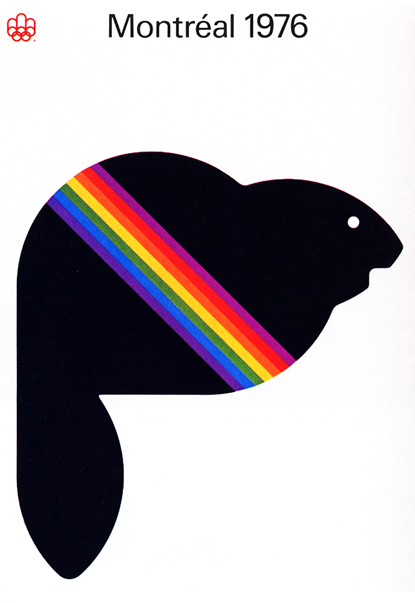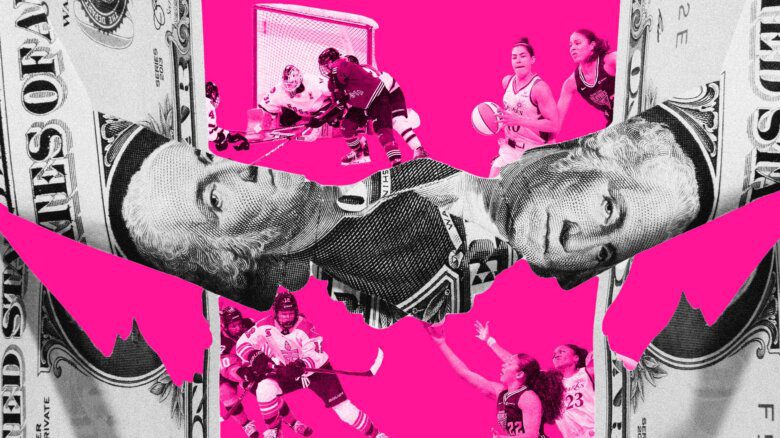Political and religious freedom: the reasons you hear for Europeans colonizing North America. Under this ideal hides the more common truth: trade. Whales, cod and pine were all fine attractions, but the most profitable and wanted of all was the beaver.
A serial frenzy! Every dandy with fashion sense in the old world needed a beaver pelt hat. It was a mascot of Canadian prosperity right from get-go. Whose furry body do you think ended up on Canada’s first stamp? Hint: not the Queen’s.
Too much of a good thing can be deadly; the beaver should know. A close call by all means, the population went from millions pre-fur trade to near extinction by the mid-19th century. The tides of change saved its skin as the current moved to silk top hats.
As thanks (or apology), the rodent officially becomes national symbol of Canada in 1975. In the same year, Jaws is released, the Vietnam War ends and Microsoft becomes a registered trademark . . . events overshadowing its moment of global fame.
No matter. The beaver is a versatile creature. It stands for the bearded bear you love or your girlfriend’s palace of wonders. So powerful is our visual association of the beaver’s furry body with certain human body parts that last year, Canada’s best-known history magazine changes its name from The Beaver to Canada’s History. A case in point of shaving the beaver.
While we’re on anatomy, let’s talk about the beaver’s tail. So inspiring a body part that in 1978, the Ottawa-based Hooker family decides to name their fried-dough pastry in honour of it. Now, more than 30 years later, from the home of the yummy Beavertails comes Beaver Tales.
Representing Ottawa’s LGBTQ beavers — hairy and smooth — Beaver Tales will sharpen its teeth daily and chew on Ottawa’s news and trends. Sexual and political freedom: the reasons I scribble. Underneath the struggle, a jovial and infinite respect for fine beavers everywhere.

THE GAY BEAVER. Mascot of the Montreal 1976 Olympic poster. (Design: Yvon Laroche, Pierre-Yves Pelletier & Guy St. Arnaud, Graphics and Design Directorate.)

 Why you can trust Xtra
Why you can trust Xtra


